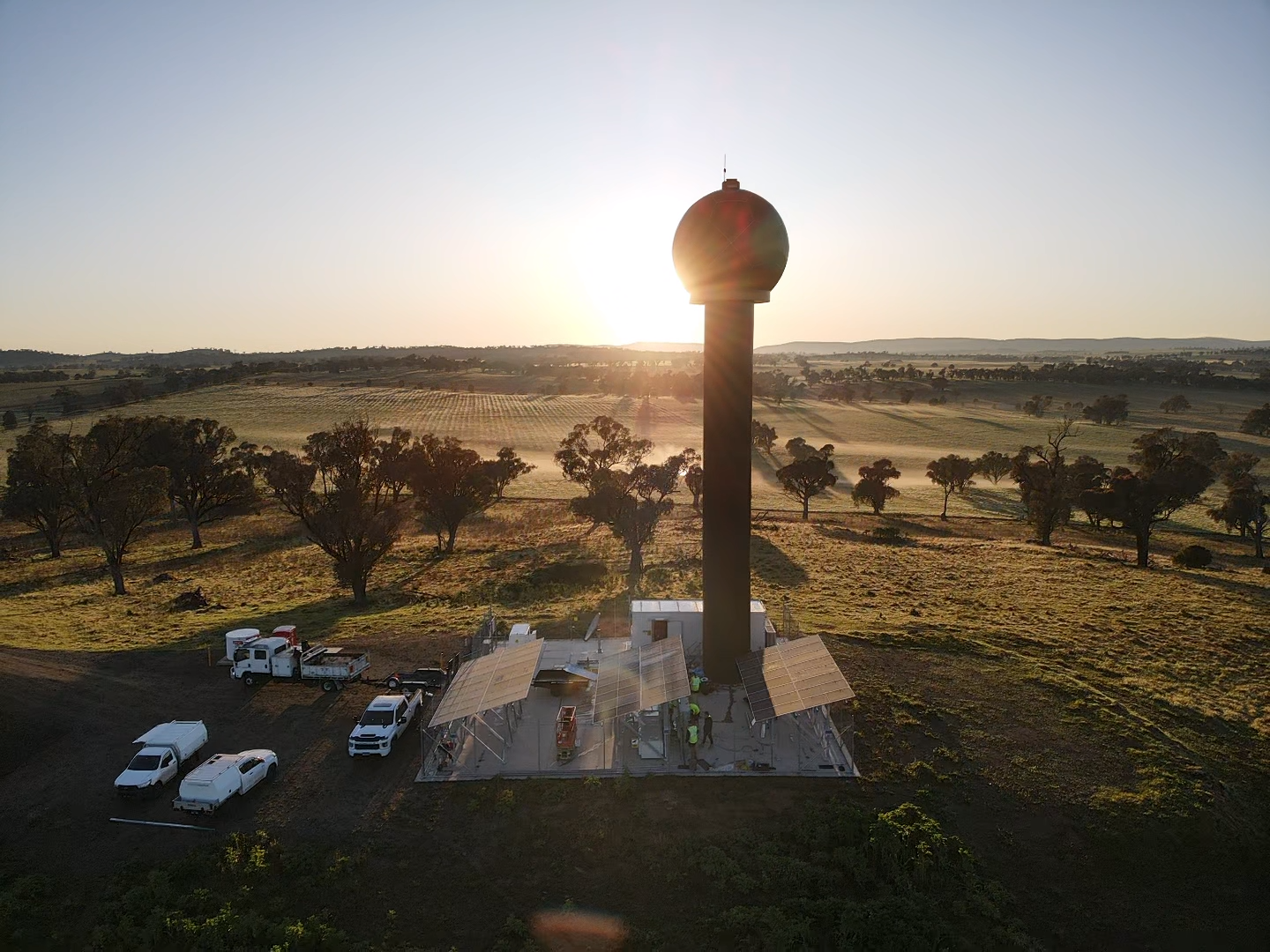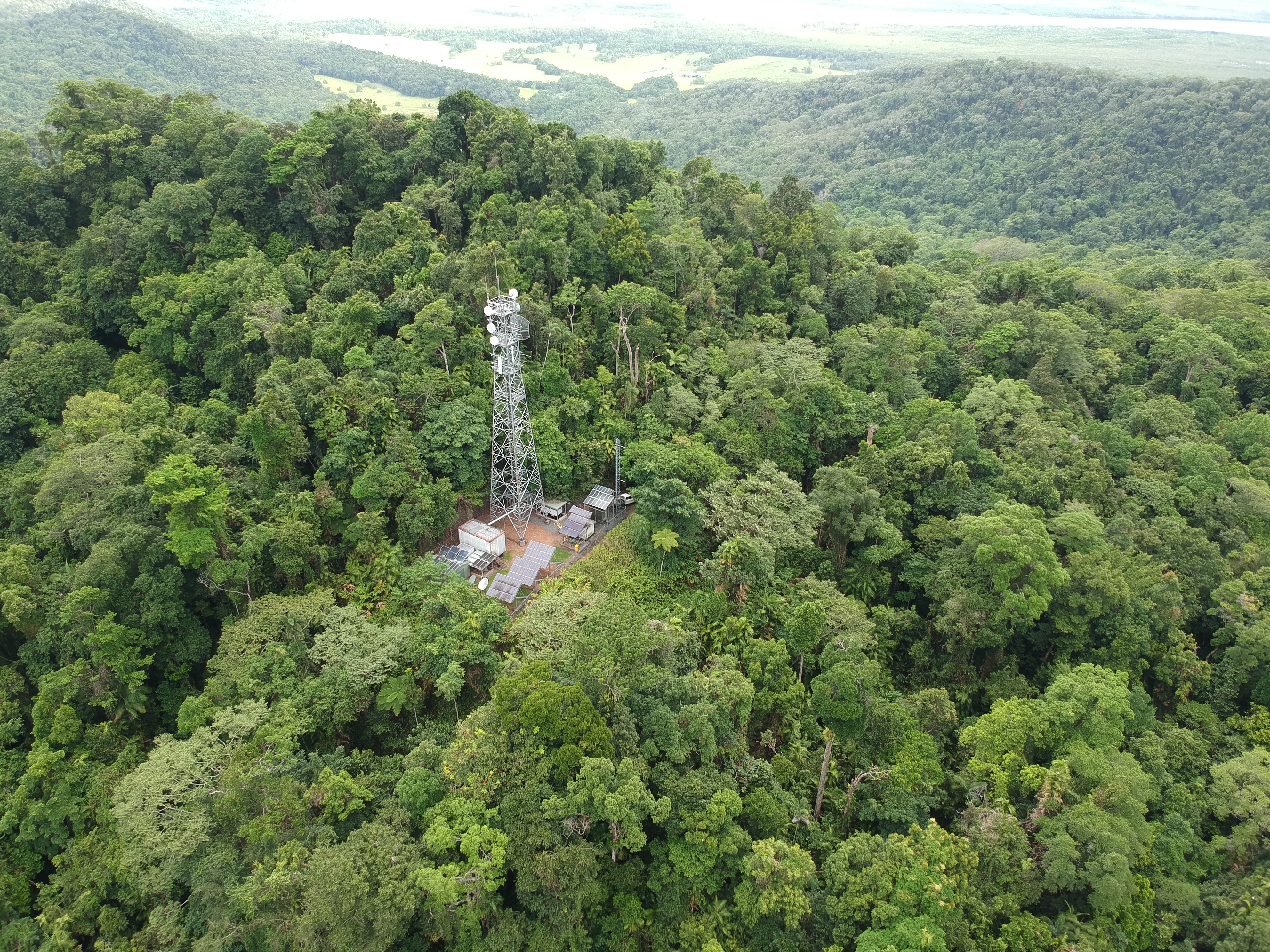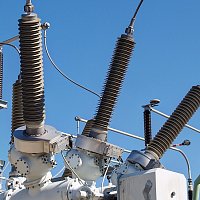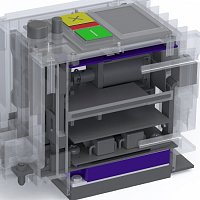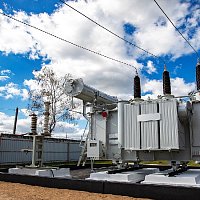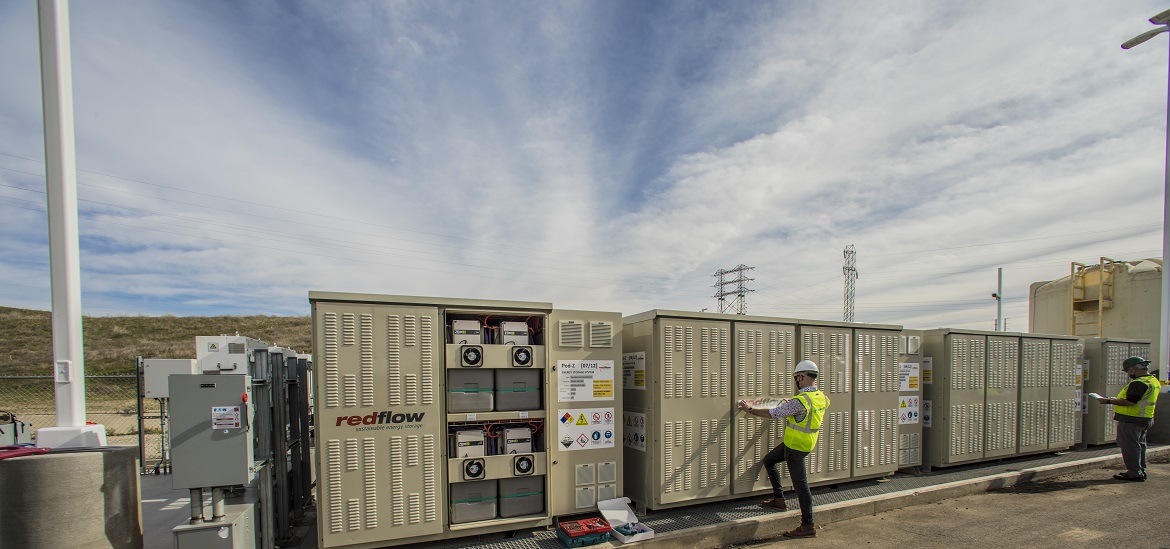
Much has been said about the recently passed Inflation Reduction Act’s impact on America’s clean energy industry. The Act, combined with programs in the Build Back Better bill, is creating a massive restructuring of the energy sector in terms of project deployment scale-up, global supply chains, critical minerals, and local manufacturing
Energy storage has long been the forgotten stepchild in the national clean energy tax code, with far fewer tax benefits than other clean energy technologies, and a lack of political support to get a standalone energy storage tax credit passed. The solar investment tax credit – under which energy storage systems paired with and charged by solar – was the primary mechanism by which an energy storage project could receive tax credits. However, this credit distorted the energy storage market by making storage paired with solar 30% less expensive than standalone storage or storage paired with anything else. On top of that, many customers couldn’t monetize the tax credit, so projects that were otherwise viable never got built.
Moreover, battery manufacturing was heading the way of so many other advanced manufacturing sectors in our economy: overseas. For many reasons, the United States leads the world at innovation but hasn’t been competitive at mass manufacturing. Battery manufacturing has followed the same path, with a few notable exceptions, where large scale manufacturing largely has taken place elsewhere.
But things are different now.
The Inflation Reduction Act’s changes to the tax code, combined with grant programs in the Infrastructure Bill, stand to have a drastic impact on the competitiveness of American-made stationary energy storage – and particularly long duration storage.
With the IRA’s creation of a standalone energy storage investment tax credit (ITC) previous projects that would not have been economically viable to use long duration energy storage are now much less expensive for buyers. The 30% base credit could in some cases cover well more than half the value of a project if scenarios where tax credits can be stacked. Those tax credit adders include:
-
10% when energy storage (and other renewable energy) projects can meet domestic content levels which increase from 40-55% over the next few years;
-
10% for being located on a brownfield site, a census tract in which a coal mine or coal-fired power plant was closed, or in which there was significant employment or tax revenue from extraction or processing of fossil fuels; and
-
10-20% tax credit adders for solar- or wind-attached storage projects in low income communities.
There are apprenticeship and prevailing wage requirements for most projects to qualify for the maximum tax credit levels, but all told these credits will result in projects that have significantly lower net capital costs than ever before.
Furthermore, now that energy storage no longer needs to be charged from solar PV to receive the ITC, the true flexibility of energy storage as a grid resource – and enabler of a resilient decarbonized grid – can be unlocked. As grid planners know, storage doesn’t need to be co-located with a renewable resource – and exclusively charging from that resource – to support the grid’s resilience and enable it to integrate renewables. Storage Projects can now be sited on a standalone basis or paired with whatever energy source best meets the grid needs and maximizes the economic viability of the energy storage resource. The result: gigawatts of projects that didn’t quite pencil before are now going to be economically viable. Energy storage will blossom throughout the grid in a wide range of configurations, locations, and with a diverse set of project objectives.
Storage Projects can now be sited on a standalone basis or paired with whatever energy source best meets the grid needs and maximizes the economic viability of the energy storage resource.
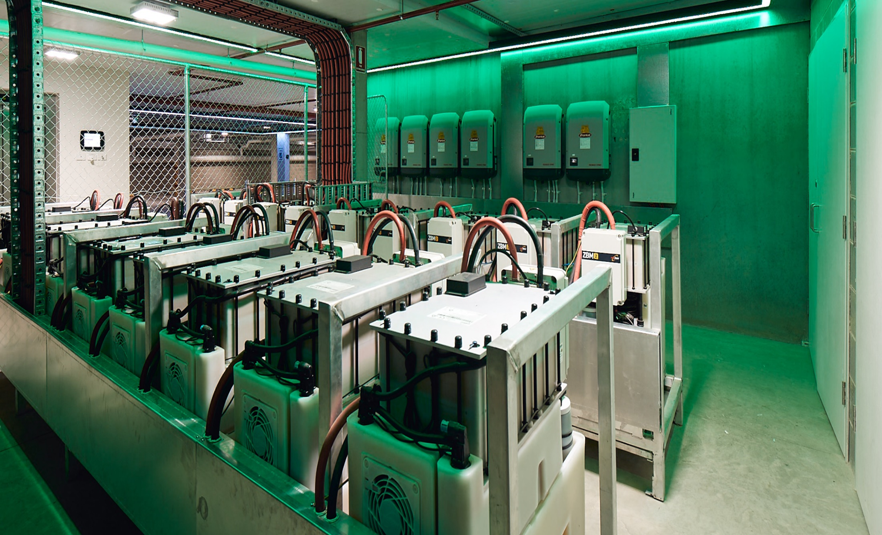
Where lithium was previously the go-to battery of choice due to cost, with proven tech and accessibility, the act will now provide space for the energy storage industry to diversify and enable the best technology to be chosen to suit the deployment.
Where lithium was previously the go-to battery of choice due to cost, with proven tech and accessibility, the act will now provide space for the energy storage industry to diversify and enable the best technology to be chosen to suit the deployment.
The demand for lithium batteries has grown exponentially over the last 10 years, with electric vehicles dominating future demand, and resulting in supply-demand imbalances and battery shortages. Other factors driving interest in non-lithium alternatives include the immense supply chain challenges of lithium, commodity price pressures, and safety concerns. Furthermore, given supply chain constraints, a lithium battery deployed in a stationary storage application is essentially one less lithium battery available for electric vehicles – which is not a great public policy outcome.
Alternative chemistries – such as flow batteries - have always been the better choice for medium to long duration storage needs. Zinc bromine flow batteries, for example, offer a low fire risk, no degradation, an abundant supply chain, and the ability to work in a varied temperature range, and as a result they are now a serious contender for large energy storage deployments. Flow batteries are often better for stationary storage applications because of their rugged profile and the fact their performance doesn’t degrade materially over their useful life.
As a proven technology class with a one of the longest commercial track records outside of lithium ion, flow batteries are perfectly placed to deliver large scale megawatt energy storage, cost effectively and play their part in contributing to an energy storage market that is expected to be valued in excess of US$31 billion by 2029.
Until recently, however, the market hasn’t been ready, and lithium batteries had seemingly insurmountable advantages at the outset of the energy storage boom. Early use cases for energy storage were for applications like ancillary services, and to a lesser extent, energy arbitrage, which proved how useful a battery could be for grid applications. However, these early use cases for batteries were for power applications over short bursts of time – generally use cases where the vast majority of value could be captured from short duration energy storage systems. Furthermore, companies producing lithium batteries came out of the consumer electronics space and had large, bankable balance sheets, unlike technology startups working on new battery chemistries optimized for the grid.
To this day, organized wholesale still generally aren’t valuing longer duration energy storage (i.e., with a duration exceeding four hours) because market design hasn’t caught up with the need for longer duration storage as renewables levels increase. Therefore, load serving entities in those markets, such as California, haven’t had an incentive to procure long duration storage. However, US Department of Energy’s ARPA-E research shows that the need for long duration storage increases significantly when renewables reach 60-70% of power capacity[1].
With all this being said, perspectives the benefits of and need for longer duration storage are finally evolving. The state of California has now started setting 8+ hour duration storage procurement goals, and utilities’ integrated resource plans are increasingly showing the need for long duration storage to match supply and demand, starting in markets with significant amounts of solar PV such as the southwest and Texas. Furthermore, permitting authorities are increasingly seeing lithium batteries through the lens of fire risk, and the alternative chemistries of flow batteries are viewed as a safer chemistry. Many commercial and industrial customers of behind-the-meter storage are also scrutinizing the safety of lithium and are increasingly concerned about potential risks of siting lithium batteries close to customers, employees, and neighbors.
[1] https://www.ldescouncil.com/assets/pdf/journey-to-net-zero-june2022.pdf p.11
Thanks to recently passed legislation and the Biden Administration’s priorities, DOE is now rolling out more than a half billion dollars[1] of grant funding for long duration energy storage starting with a $350 million pilot project grant program announced in November[2]. Long duration and alternative chemistry projects currently have an enormous opportunity to receive a “buy down” from the US government to help make projects competitive with short duration lithium ion projects, to prove new use cases, and to support manufacturing ramp-up of alternative chemistries. This is complemented by state grant programs, such as the California Energy Commission’s up to $380 million program between now and 2024 to support long duration storage projects in the state, and by a massive infusion of loan guarantee underwriting authority at the DOE’s Loan Program Office, leading to announcements of billions of dollars of investments in future long duration energy storage manufacturing facilities in the US. These programs can give long duration technologies the boost they need to both bring down their capital costs to meet or beat that of lithium, and to help overcome the structural market compensation disincentives for utilities to start buying longer-duration storage systems, even though in many markets, integrated resource planning shows a well-defined need for long duration storage as the energy transition continues to accelerate.
Of course, no one type of battery storage will tick all the boxes. A blend of battery technologies will enable the establishment of a strong and secure energy storage-based grid, and according to the Long Duration Energy Storage Council, long duration storage could provide up to 140 TWh of energy capacity by 2040, equaling approximately 10% of all electricity consumed worldwide.
[1] https://www.energy.gov/oe/articles/long-duration-energy-storage-everyone-everywhere-initiative-notice-intent-and-request
[2] https://www.energy.gov/articles/biden-harris-administration-announces-nearly-350-million-long-duration-energy-storage
While nobody can force changes to our energy infrastructure overnight, the Inflation Reduction Act has provided all the tools to accelerate decarbonization of our energy system and diversify the tools in our energy storage toolkit to include long duration storage. From tax code changes to DOE funding programs, the tailwind behind long duration energy storage should give it the jumpstart it needs to gain traction in the market, ramp up manufacturing capacity, and bring cost down to the point where it can compete on its own merits and economics. The opportunities created by the IRA have also focused the attention of buyers on long duration storage, accelerating their progression on the technology learning curve, enabling them to effectively evaluate and compare long duration technologies with their established peer technology, lithium ion. So, welcome to the next chapter in the clean energy economy – it’s going to be an exciting decade for the US energy transformation, and for the maturation of long duration storage technologies and the critical role they can play in ensuring a reliable and clean 21st century grid.
